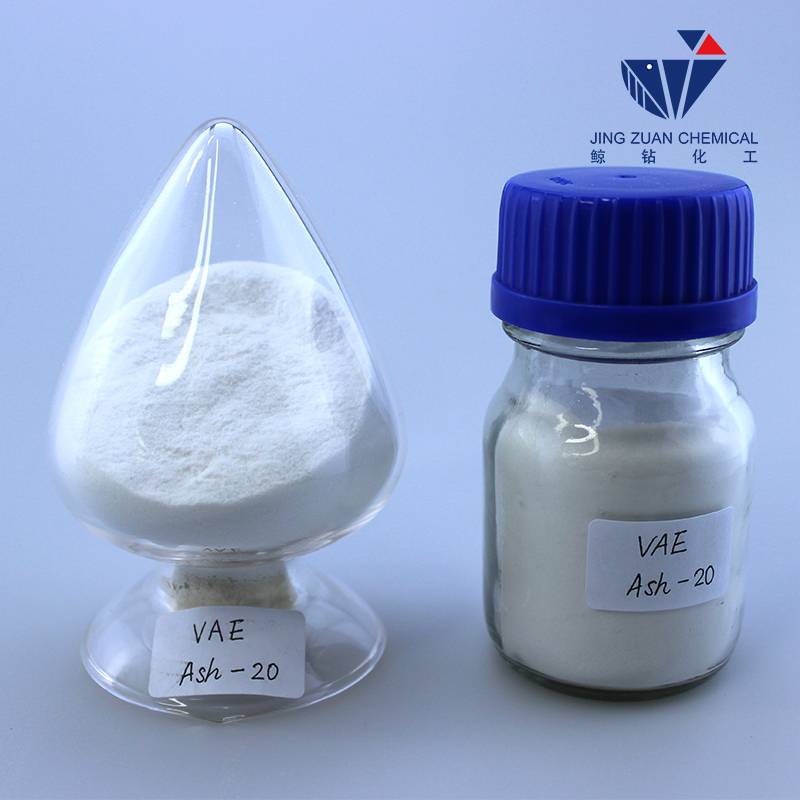
Jul . 20, 2024 13:21 Back to list
Exploring the Uses and Benefits of Redispersible Polymers in Modern Construction Applications
Redispersible polymer powders (RDPs) have become a crucial component in the construction and building material industry. These polymer-based products are known for their versatility and ability to enhance the performance characteristics of various cement-based formulations. This article explores the nature of redispersible polymer powders, their benefits, and their applications in construction.
RDPs are typically made from emulsion polymers that have been dried into a powder form. When mixed with water, these powders can easily redispersed into a uniform aqueous dispersion. This property is particularly advantageous in construction, as it allows for easier handling and transportation of materials. Moreover, RDPs can be added to a wide range of formulations, such as adhesives, sealants, mortars, and renders, thereby enhancing their overall performance.
One of the primary benefits of incorporating RDPs into construction materials is the improvement of adhesion and flexibility. Traditional cement-based materials often suffer from brittleness, which can lead to cracking and reduced durability over time. RDPs help to mitigate these issues by providing improved tensile strength and flexibility. As a result, structures made with RDP-enhanced materials can withstand greater stress and movement without compromising their integrity.
Additionally, RDPs contribute to the water resistance of construction materials. In areas exposed to moisture, such as bathrooms or outdoor facades, the incorporation of redispersible polymer powders can significantly improve the water-repellent properties of the underlying structure. This can prolong the lifespan of the materials and ensure better performance in harsh environmental conditions.
redispersible polymer

Another important advantage of RDPs is their ability to enhance the workability of construction materials. With the addition of redispersible polymer powders, the mixture becomes easier to spread and apply, which can save time and labor costs during construction. This increased workability allows for a smoother finish, ultimately improving the aesthetic quality of the final product.
Furthermore, RDPs provide excellent resistance to freeze-thaw cycles, making them ideal for use in regions with extreme weather conditions. When added to concrete or mortars, polymer powders can help reduce the likelihood of damage caused by repeated cycling between freezing and thawing. This characteristic is critical in maintaining the structural integrity of roads, bridges, and buildings subjected to such conditions.
The use of redispersible polymer powders also promotes sustainability in construction. By enhancing the properties of conventional materials, RDPs allow for the use of lower quantities of cement, leading to a reduction in carbon emissions associated with cement production. Furthermore, their ability to improve the durability and lifespan of construction materials also contributes to resource conservation over time.
In conclusion, redispersible polymer powders have a significant impact on the construction industry by improving the performance and durability of cement-based materials. Their ability to enhance adhesion, flexibility, water resistance, and workability makes them a valuable additive for various applications. Moreover, with the increasing emphasis on sustainability in construction practices, RDPs represent a forward-thinking solution that aligns with environmental goals. As the demand for high-performance building materials continues to grow, the role of redispersible polymer powders will undoubtedly become more prominent, driving innovation and quality in construction processes worldwide.
-
Versatile Hpmc Uses in Different Industries
NewsJun.19,2025
-
Redispersible Powder's Role in Enhancing Durability of Construction Products
NewsJun.19,2025
-
Hydroxyethyl Cellulose Applications Driving Green Industrial Processes
NewsJun.19,2025
-
Exploring Different Redispersible Polymer Powder
NewsJun.19,2025
-
Choosing the Right Mortar Bonding Agent
NewsJun.19,2025
-
Applications and Significance of China Hpmc in Modern Industries
NewsJun.19,2025







